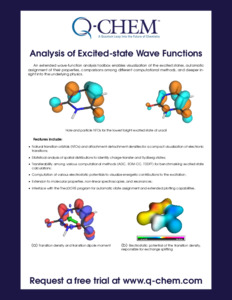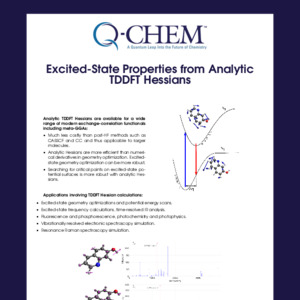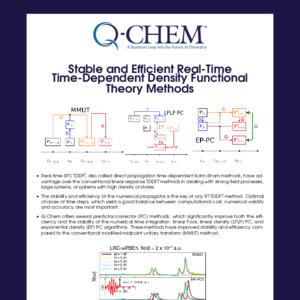Analysis of Excited-state Wave Functions
An extended wave-function analysis toolbox enables visualization of the excited states, automatic assignment of their properties, comparisons among different computational methods, and deeper insight into the underlying physics.
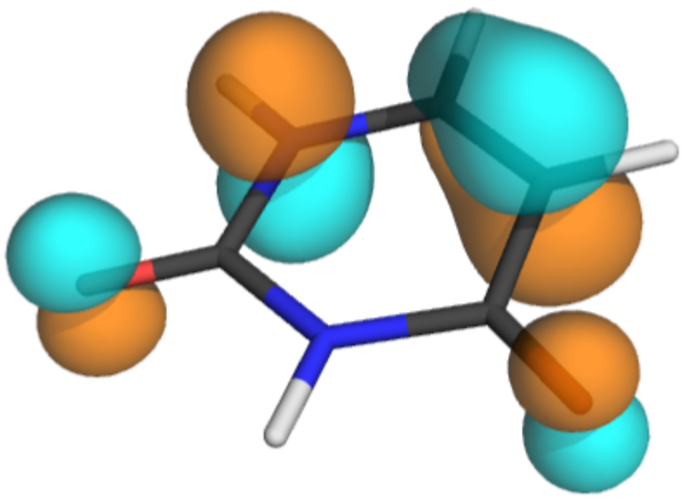
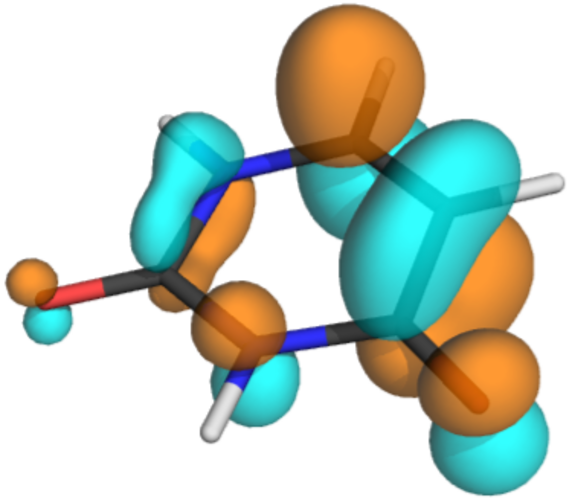
Features include:
-
Natural transition orbitals (NTOs) and attachment-detachment densities for a compact visualization of electronic transitions;
-
Statistical analysis of spatial distributions to identify charge-transfer and Rydberg states;
-
Transferability among various computational methods (ADC, EOM-CC, TDDFT) for benchmarking excited-state calculations;
-
Computation of various electrostatic potentials to visualize energetic contributions to the excitation;
-
Extension to molecular properties, non-linear spectroscopies, and resonances;
-
Interface with the TheoDORE program for automatic state assignment and extended plotting capabilities.
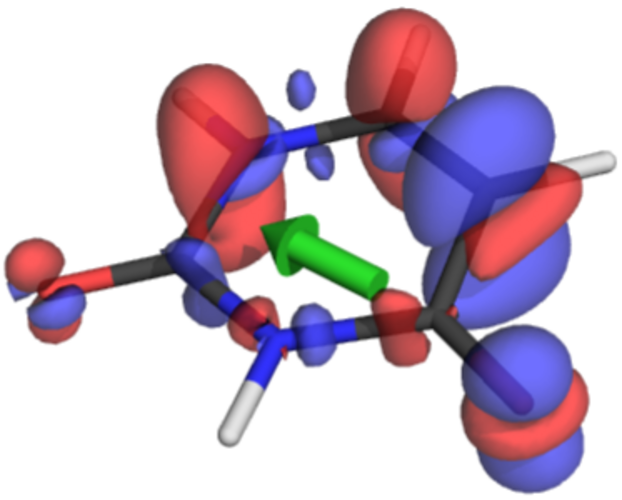 Transition density and transition dipole moment
Transition density and transition dipole moment
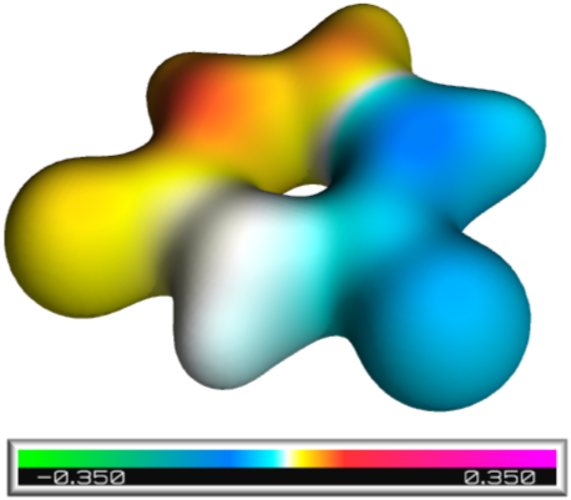 *Electrostatic potential of the transition density, responsible for exchange splitting *
*Electrostatic potential of the transition density, responsible for exchange splitting *
Want to try Q-Chem?
